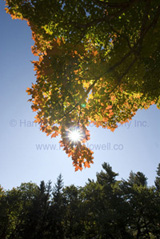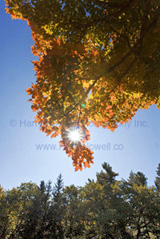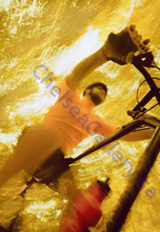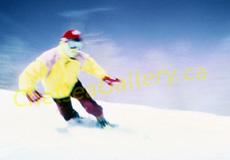Exposed! :: Boom went the colour!
|
 |
 | |
Straight from the camera | With post production |
Filters
In the old days of film, landscape photographers would travel with a small case of filters to add vibrant punch to their vistas. Stacking filters with different effects would turn a nice sunset into an award-winning cover photo. Filters like the Cokin Blue Yellow Polarizer and split density colour filters are the tools of many pro photographers.
Filters are not just for film users! They can elevate any type of photography - even black and white fun! Photographer Darryl Benson is well known for his filter use and the effects on his work are clearly evident.
Film
 |
Cross processed slide film |
"Who uses that anymore!?"
Photographers wanting specific predictable colour, that's who!
Digital sensors are quite bland compared to film stock such as Fuji's spectacularly vivid 'Velvia' film. Film producers offer a range of film for different desires form realistic tones to "off the scale" hues.
And things get really fun when you start playing with specialty films or whacky processing. Kodak's exceptionally fun infra red slide film (EIR) offers really funky fun. See below.
Cross processing - either E6 (slides) in c41 chemistry or vice versa - offers some quite unusual colour possibilities. Very, very nice. See right for an example.
"But you can mimic the film-look with digital processing!"
Yes you can. But once I click my film camera I am done. In the computer you will need to spend time researching, experimenting and executing the correct process to imitate film. I would rather be out shooting than post processing! If you enjoy the computer aspect of photography go for it - technology is there to simulate many film stocks.
 |
Kodak EIR film and orange filter |
A Word of Caution
Amazing colour can be pumped out easily. Sometimes too easily. Too much "kapow" can make the viewer say "Eww!" Pump it up but keep colour in line with the intended final use:
- For portraits people want to see realistic skin tones.
- For a tulip festival vivid red bulbs may be appropriate.
- For an extravagant billboard ad unbelievable colour may be just the thing!
Some people will say pumped colour or other photo manipulation is unethical. The debate has raged for years. In my mind the ethics lie within the intended final use - editorial, portraits, advertising, art - how important is reality? What are the considerations to behold?
Pro Perspective
I was a late convert to the "digital revolution." Many downsides of digital kept me shooting film for a long time! I now shoot digitally for certain projects but am very happy to play with colour using any means available - post, filter or film.
Homework
Pick a subject and shoot it in different ways to see the colour possibilities:
- Digitally
- Fuji Velvia
- Kodak Infrared slide film
- Kodak Tungsten Film
- Fuji Astia
- with filters
- cross processed
- Take the picture and play with it in the dark room or computer
Your photo could have many, many different variations!
Final Frame
You may never think of red the same way. Subtle and not so subtle colour variations can add new life to your creative fun behind the camera.
Take photos. Have fun!
Samples
Creative Fundamentals
Photo Workshop
Sessions
Photography Challenge
